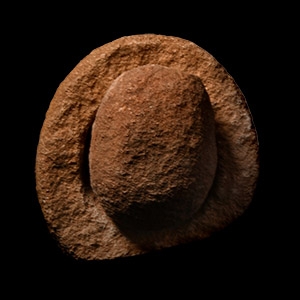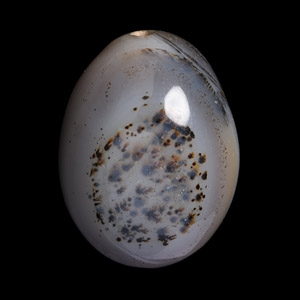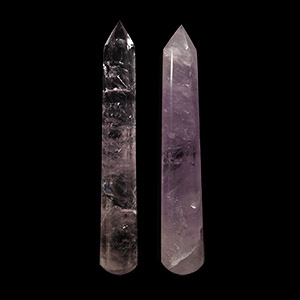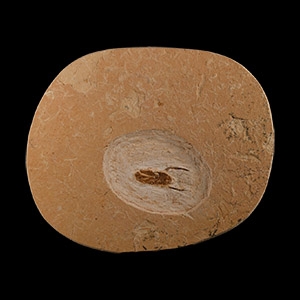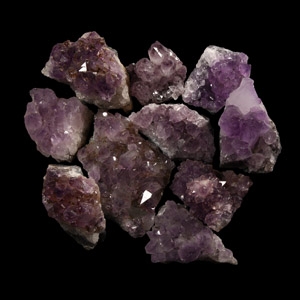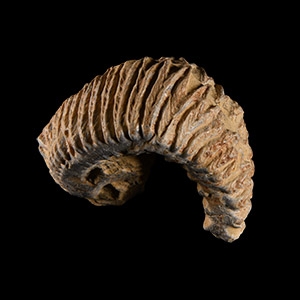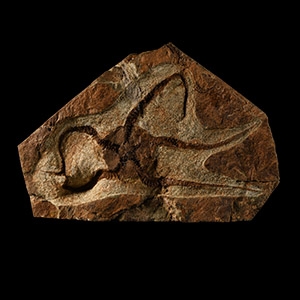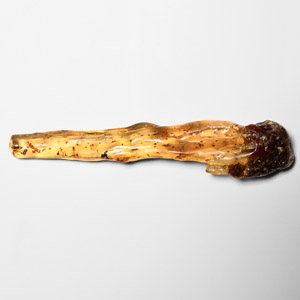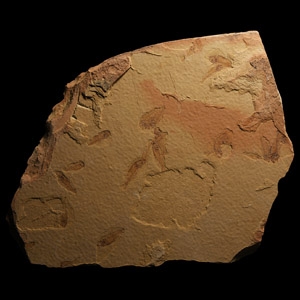Home > Auctions > 21 - 25 February 2023
Ancient Art, Antiquities, Natural History & Coins
Auction Highlights:
From Lightning Ridge, Australia.
Private Shropshire, UK collection.
Opal is a spectacular gemstone, and a dazzling key to Australia’s mysterious past, because buried in the Australian opal fields are fossils of dinosaurs and other strange creatures that lived 110 million years ago, in Early Cretaceous times. These fossils are literally gems: teeth, bones, shells and pinecones which have turned to solid opal. Australia is the only country where opalised animal fossils are found. Opalised fossils are rare and precious; even more so because in Australia, it is rare to find fossils of any kind from the time of the dinosaurs.
From the Kalahari Desert.
Mineral Imports, London, UK.
Gregory, Bottley & Lloyd (Gregory's).
Essex gallery, early 2000s.
From Brazil.
Mineral Imports, London, UK.
Gregory, Bottley & Lloyd (Gregory's).
Mineral Imports, London, UK.
Gregory, Bottley & Lloyd (Gregory's).
From Brazil.
Mineral Imports, London, UK.
Gregory, Bottley & Lloyd (Gregory's).
From Santana Formation, Brazil.
Acquired 1950s-1960s.
From an old Bristol, UK, paleontological collection.
Mineral Imports, London, UK.
Gregory, Bottley & Lloyd (Gregory's).
From Madagascar.
Ex Cambridgeshire, UK, collection.
Rastellum carinatum specimens have wide, angled ribs that have led to it being called the 'denture clam'; the zig-zag join between the two shells stopped coarse dirt and debris entering the shell and damaging its soft body. Like modern oysters, it lived in shallow coastal waters including the interstitial zone and fed on food particles that it filtered out of the sea water.
From Morocco, North Africa.
Ex Lincolnshire, UK, collection.
Ex Lincolnshire, UK, collection.
Ex Lincolnshire, UK, collection.
1249 - 1260 of 2116 LOTS


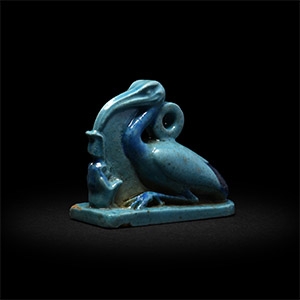



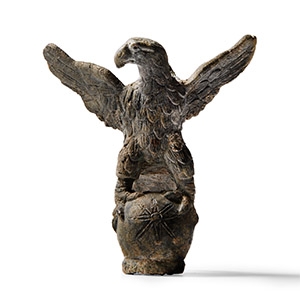
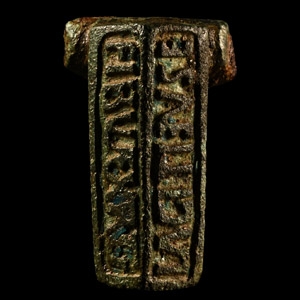

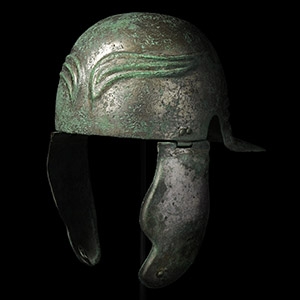
.jpg)
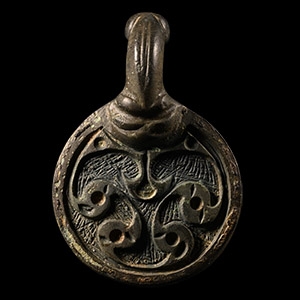
.jpg)
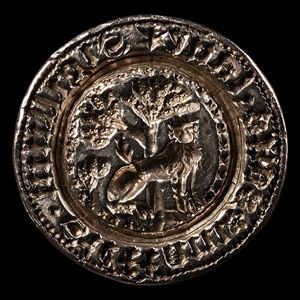
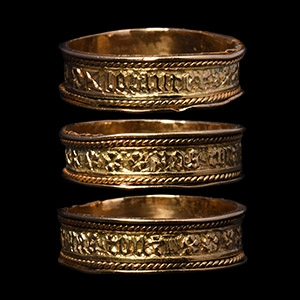


.jpg)
